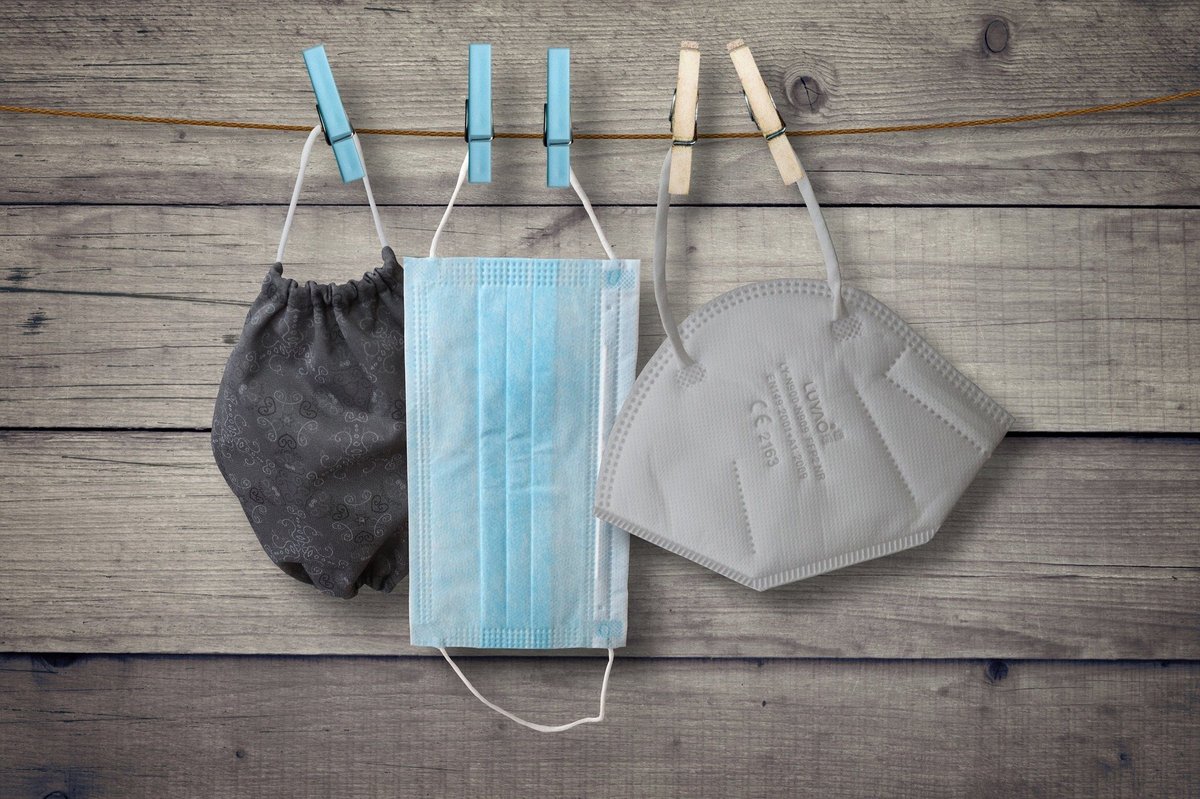
Face masks and respirators
What kinds are there? And when are they used?
FFP2 face masks required on campus
Important: FFP2 face masks are now required everywhere on campus! Medical masks are only allowed in a few exceptional cases as per the Corona Ordinance on university operations (CoronaVO Studienbetrieb)!
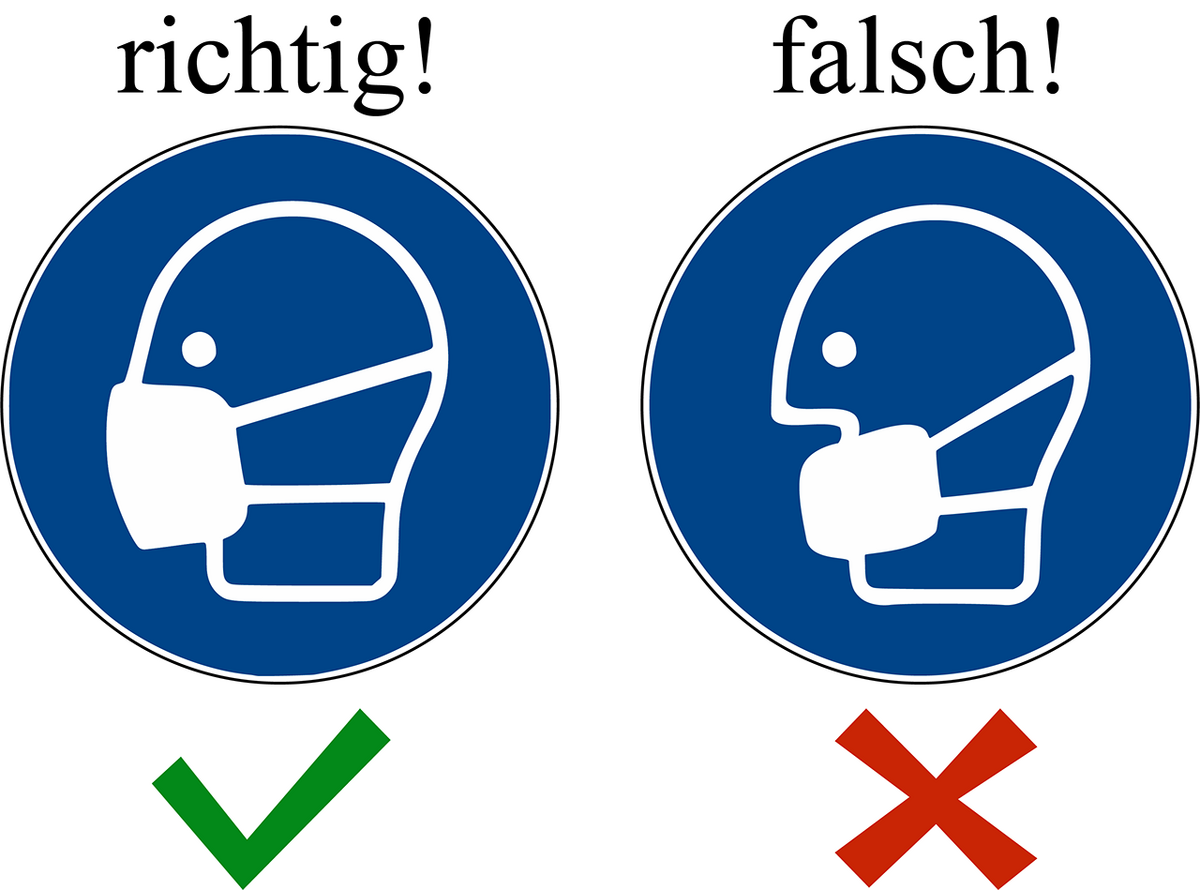
There are many different kinds of face masks. For example:
- cloth masks (also known as "community masks"),
- medical masks (aka "surgical masks"),
- FFP2 masks (there are also FFP1 and FFP3 masks) and
- respirators
The most important thing is that you wear them correctly!
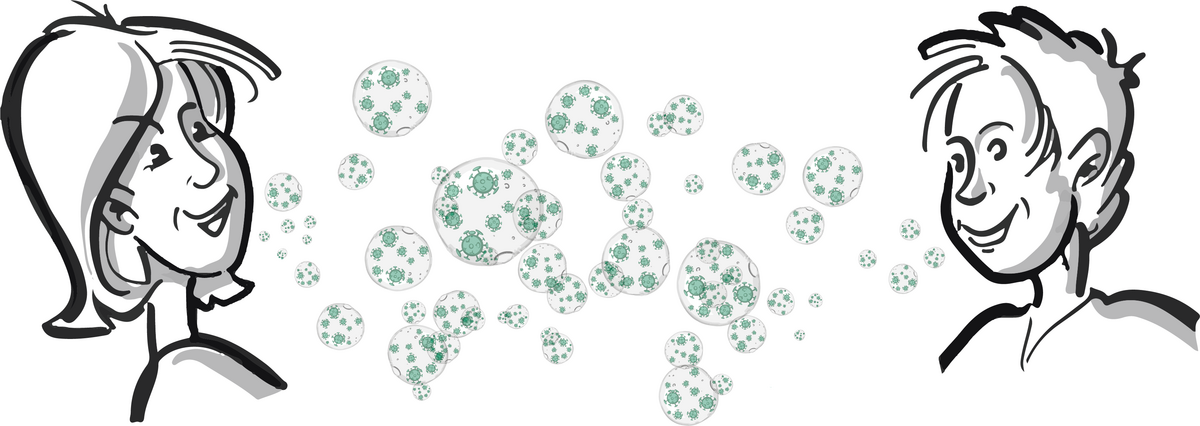
How can face masks protect us and others?
Droplets and aerosols
The SARS-CoV-2 virus can spread from one person to another via droplets (of saliva) and aerosols that are released into the air whenever people breathe, speak, sing, cough or sneeze.
Humidity and virus validity
Aerosols are especially fine particles in the air that can stay airborne for hours (depending on the relative humidity of the air). As the liquids evaporate, the virus and crystalline salt are left over. They can survive in this state for a while, and ideally (for the virus) a new drop of moisture will soon be available to transport it further.
Oversimplified, this means that the virus survives best at either very high relative humidity (about 80% or more) and very low relative humidity (about 20% or less). However, at a moderate relative humidity of about 50%, the salt proportion of the aerosol increases slowly enough that the higher salt concentration causes the virus to be deactivated in the liquid. This is why moderate humidity is so important for a healthy respiratory system.
Capturing droplets and aerosols
Face masks capture a large amount of these droplets and aerosols as they are being breathed out – this is how masks slow the spread of SARS-CoV-2.
How exactly does this work?
Wearing a face mask can contribute to slowing the spread of COVID-19 – but only in connection with keeping your distance to others (at least 1.5 metres), covering your mouth when coughing or sneezing and maintaining good hand hygiene.
Face masks can limit the spread of aerosols if the masks fit snugly over both the nose and mouth.
Study from the World Health Organization (WHO)
A WHO study concludes that wearing a face mask can reduce the risk of infection by up to 85%. This is the case for certified medical masks as well as (multiple-layer) cloth masks. In addition to this, a distance of 1 metre between people also reduces the risk of infection (82%). With each additional metre of distance, the risk of infection is cut in half. The combination of distance and wearing face masks is likely to reduce the risk of infection even further.
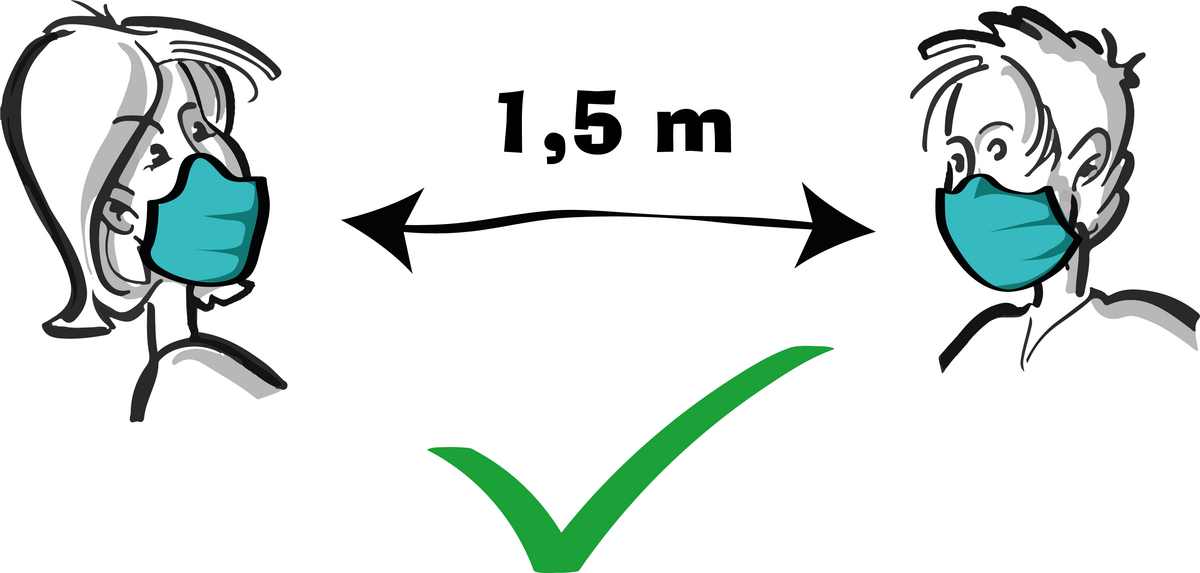
There are:
- cloth masks
- medical masks
- FFPx masks (particle filtering masks, FFP1, FFP2, FFP3)
- respirators and breathing apparatuses (gas masks, respirators), some with an independent air source
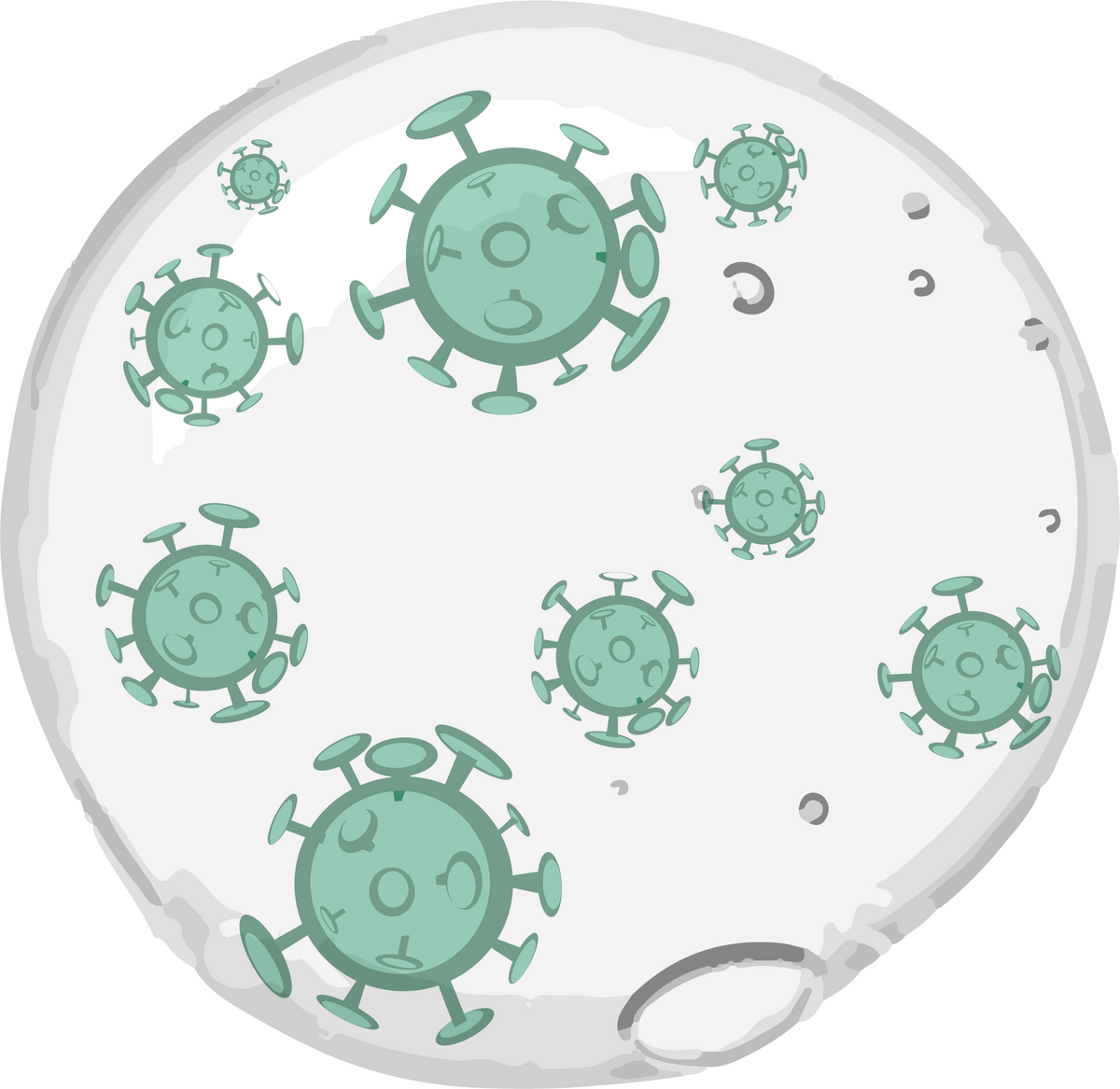
Cloth masks are good at catching fine droplets from the wearer's mouth. But they have their limits: They do not seal well enough around the nose and mouth to prevent the wearer from breathing in fine droplets from the air, and they do not stop all the droplets that leave the wearer's mouth as they can escape through the sides of the mask. Cloth masks provide a basic protection for surrounding persons, but do not protect the wearers.
For protecting yourself, you will need an FFP1 or FFP2 face mask. How to use face masks
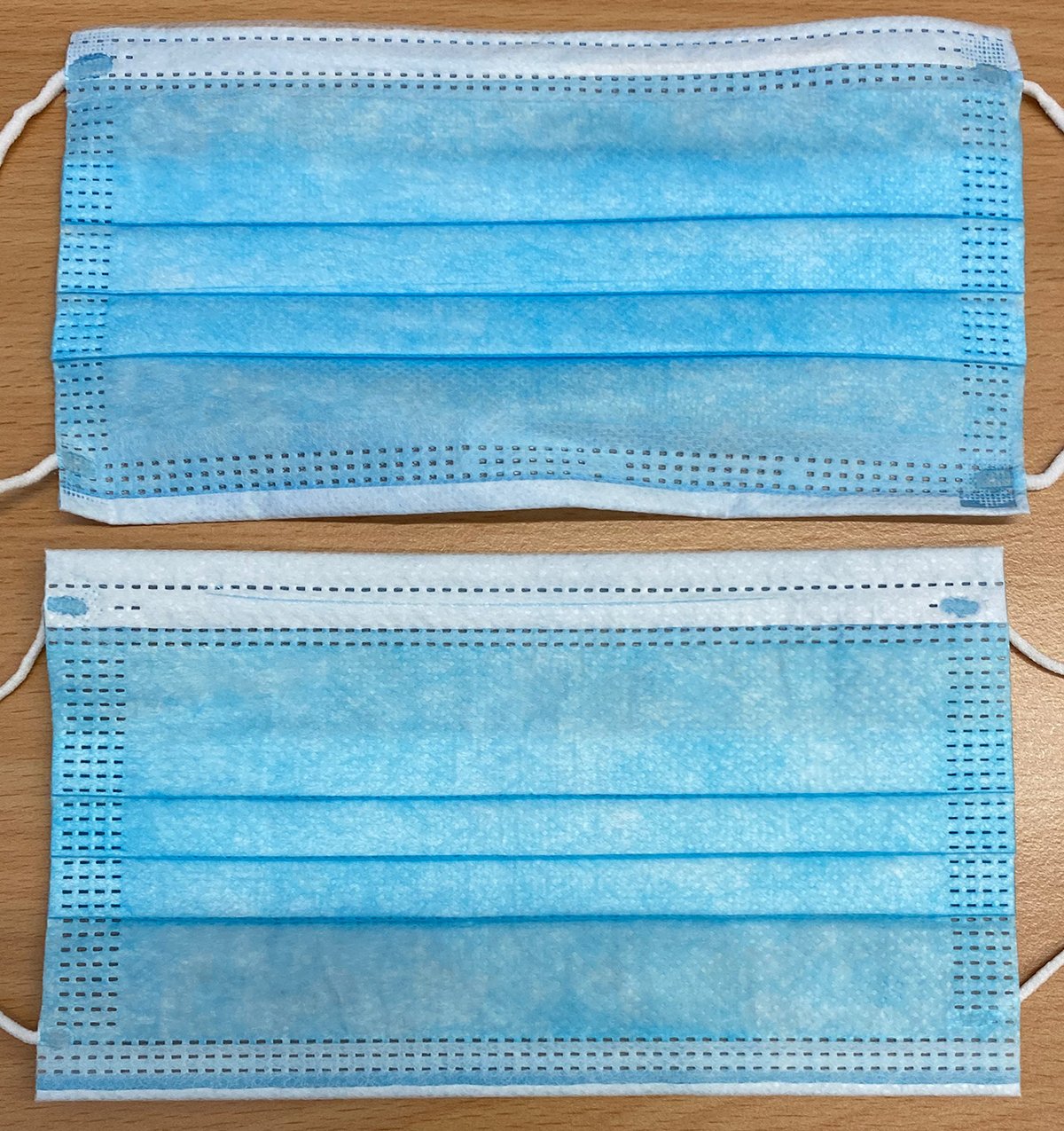
Medical masks (aka "surgical masks") are very similar to cloth masks, but they have been certified and fulfil certain minimum requirements for specific situations, e.g. operations. They are generally sterile and are used in medical contexts.
FFPx masks
FFPx masks (particle filtering masks, FFP1, FFP2, FFP3) are professional face masks that have different (very fine) pore sizes. FFP stands for "filtering face piece". The finer the pore size, the higher the number listed after FFP, and the greater the breathing resistance. These masks were originally created for those who work every day and for hours on end in contact with fine particles, like asbestos, or with aerosols. Some of these masks also come with an exhalation valve, which means that the exhaled air is not filtered.
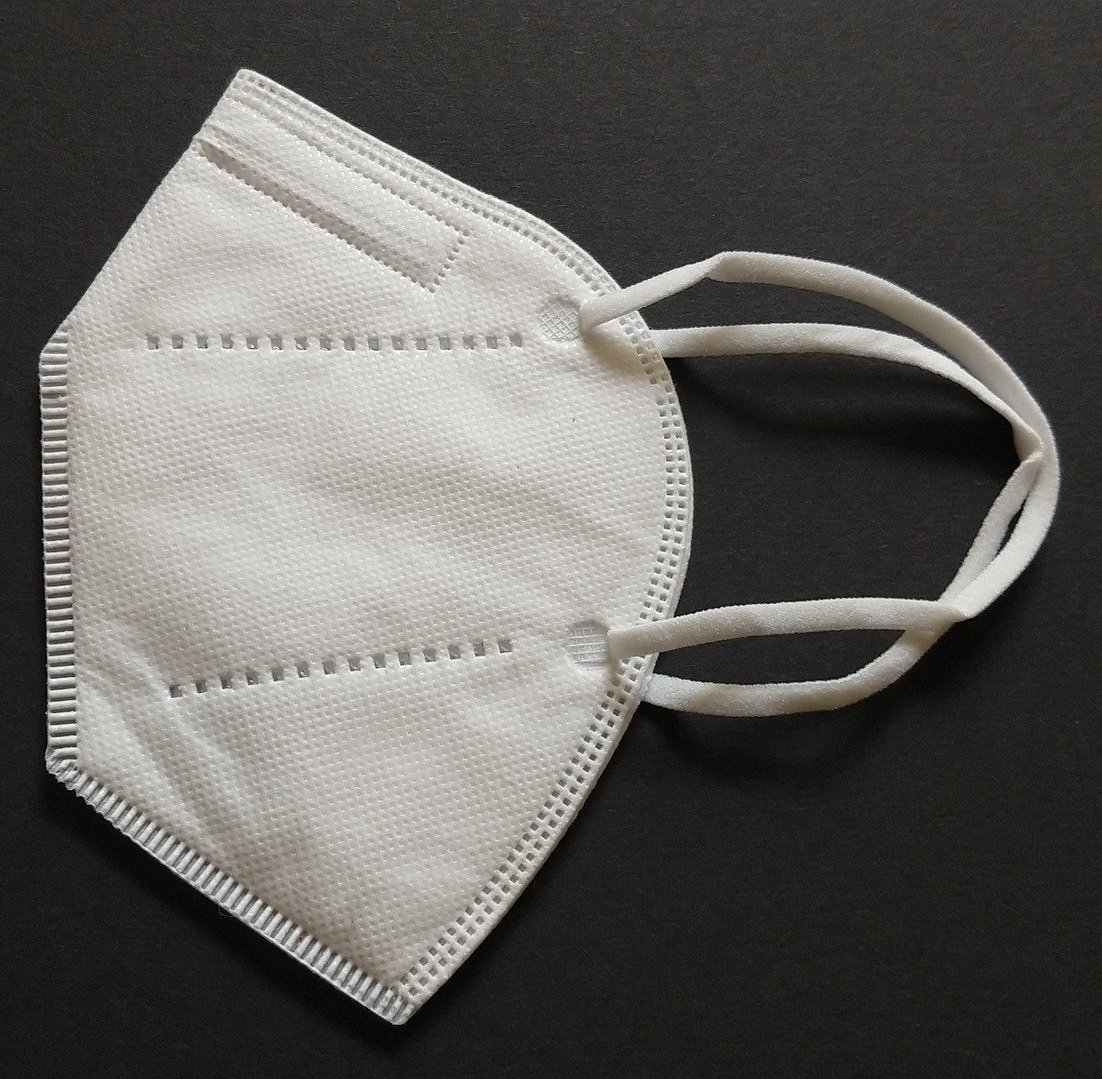
The consensus is that FFP2 masks provide better protection from the coronavirus than cloth or medical masks.
For the best protection, however, you have to wear them correctly and change them regularly.
The advantages:
- FFP2 masks fit more snugly and seal better.
- You can protect yourself with FFP2 masks because they ensure you breath filtered air in and out.
- Have a beard? This keeps FFP2 masks from sealing around your face. Consequently, you breathe in unfiltered air! For best protection, shave your face.
The disadvantages:
The breathing resistance is stronger, especially during physical work. This is why the Ordinance on Workplaces (ArbStättV) sets limits for how long these masks can be worn. The regulations are quite strict: 75 minutes (or 1.5x this amount for light physical work) followed by a 30 minute break – for up to two such periods per day. These are recommendations for work in dusty environments. Please note that in the current pandemic it is hardly possible to limit wearing a mask to such short periods.
Moisture build-up and changing masks regularly: The moisture leaving your mouth when you exhale condenses on the mask and builds up over time, filling the pores. This makes it more difficult to breath in, and the mask may be pushed away from your face when you exhale, thus reducing the protection for yourself and others. This is why it is so important to get a fresh mask as soon as the one you are wearing becomes too moist, or the maximum recommended time for wear is reached.
Keep in mind, that every time you touch the mask or put it somewhere for safekeeping it also collects grime and bacteria.
To avoid breathing in contaminated air, keep it as clean as possible and change it regularly! Please do your part to help protect yourself and others.
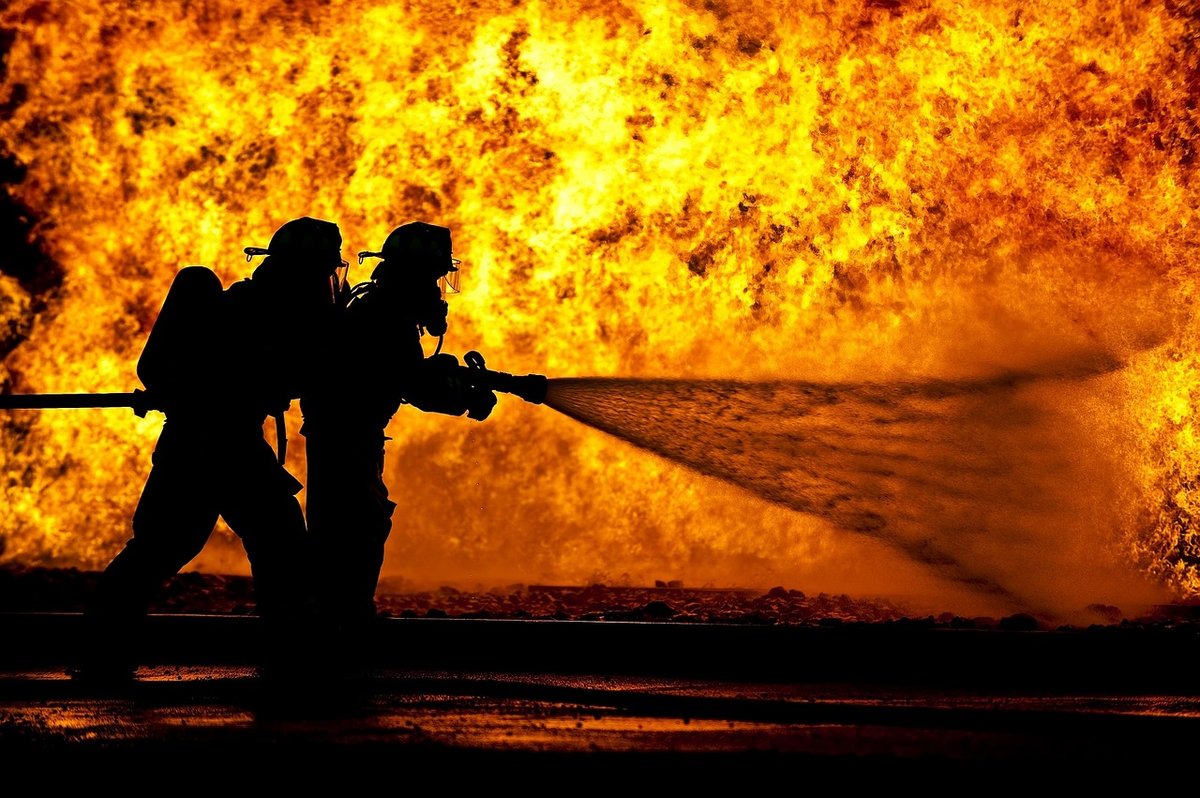
Respirators are usually reserved for fire fighters and other special situations as shown in the image. Because the fire uses up so much of the oxygen in the air, fire fighters need to have their own supply. In these situations, FFP2 masks would be able to filter particles out of the air, but not to provide the necessary oxygen.
Respirators either filter poisonous gases, smoke and aerosoles out of the air or provide a separate supply of air from gas cylinders. These devices are usually very expensive and not suitable for everyday use during the current pandemic – unless your job is to research COVID-19 or other viruses. Training on how to use the devices is required.
Face masks save lives – if they are worn correctly.
So please do your part:
Help all of us to manage the pandemic. Wearing a face mask shows that you respect others and take responsibility for protecting the health of those around you.
Kindly listen to university staff if they ever need to remind you to wear your face mask correctly while at the university. If you do not, you might be temporarily banned from entering the university.
- Wash your hands thoroughly before putting on your face mask (20-30 seconds using soap).
- Make sure that the face mask covers your nose and mouth including your chin, and that the mask fits as snugly as possible on the outside edges.
- Change your mask as soon as it becomes moist, since the moisture allows additional germs to enter the mask.
- When wearing a mask, please avoid touching it and moving it around.
- When you take your mask off, please avoid touching the outside surface of the mask which can contain pathogens. Instead, grab the strings on the side to take the face mask off carefully.
- After taking off your mask, please wash your hands thoroughly (20-30 seconds using soap).
- After removing your face mask, please store it in an airtight container until you can wash it at a temperature between 60 ° and 95 ° C.
Information and tips (in German) for wearing face masks from the Federal Centre for Health Education (BZgA) – www.infektionsschutz.de
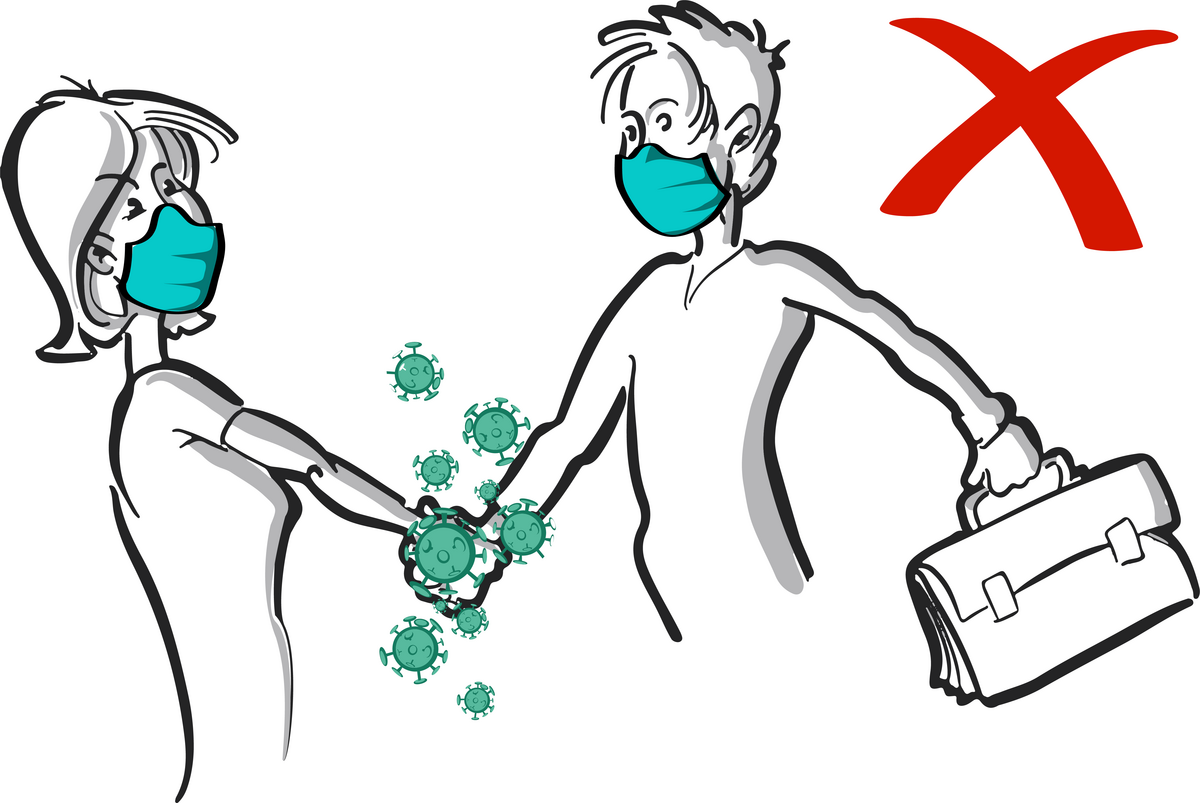
Please avoid the following:
- Touching your face mask after touching other things, e.g. railings, support bars, shopping carts, etc
- Readjusting your mask without washing your hands first
- Touching your nose
- Taking the mask off and putting it back on inside out
- Washing the face mask and putting it on while it is still wet
- Shaking hands with someone even if you are wearing a face mask
- Reusing the mask again and again without washing it first
- Touching the outside of your face mask and then rubbing your eyes, etc
